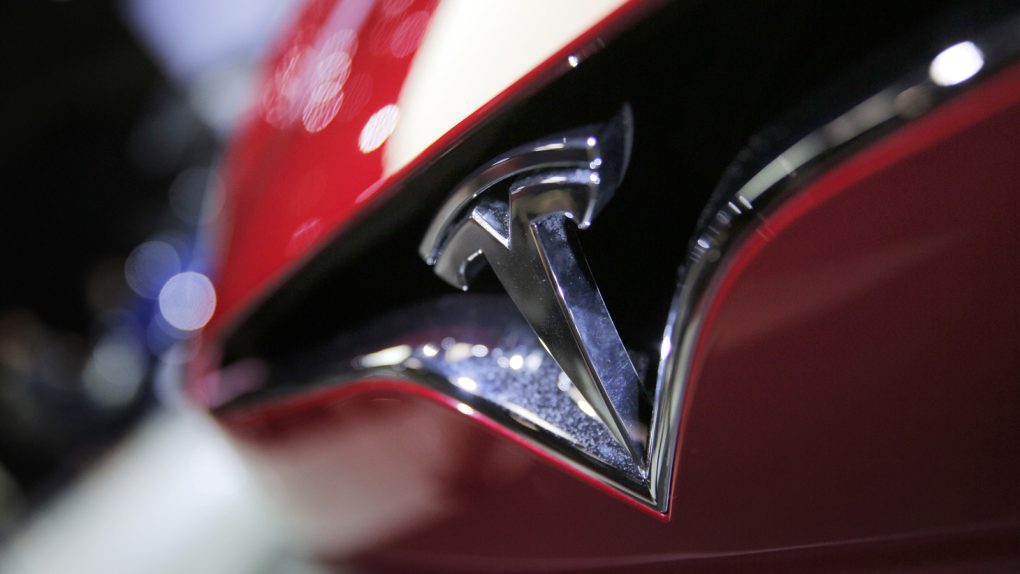Consumer Reports has something of a contentious and complicated relationship with Tesla. Though Consumer Reports touts itself as an independent testing agency, the organization — in the eyes of some critics — certainly isn’t above shifting its reviews around in an effort to generate a headline and thrust itself into the news cycle. As a prime example, you might recall that Consumer Reports last year downgraded the Tesla Model S due to a delayed software update that was scheduled to arrive just one day after their report went out.
With that qualification out of the way, it’s time to take a look at what Consumer Reports thinks about Tesla’s Model 3. In a report published earlier today, Tesla’s mass market EV failed to receive a recommendation from the publication. Though CR found much to like about the Model 3, it ultimately found too many serious flaws that, taken together, were impossible to overlook.
One of the bigger red flags in the report centered on the Model 3’s stopping distance during emergency brake testing. Testers found that the Model 3 typically needs 152 feet to come to a complete stop when traveling at 60 MPH, a distance which is “far worse than any contemporary car we’ve tested and about 7 feet longer than the stopping distance of a Ford F-150 full-sized pickup.”
In a somewhat damning revelation, CR adds:
The Tesla Model 3’s 152 feet is 21 feet longer than the class average of 131 feet for luxury compact sedans and 25 feet longer than the results for its much larger SUV sibling, the Model X.
For what it’s worth, a Tesla representative told the publication that its own testing yielded a stopping distance of 133 feet. Interestingly, CR’s first test with the Model 3 yielded a stopping distance of about 130 feet, though the publication was unable to replicate this performance in a series of subsequent test runs. Also of note is that CR tested two separate Model 3 vehicles in an effort to truly assess how the vehicle performs when the brakes are slammed.
Stopping distance aside, testers were unimpressed with the bare-bones controls of the Model 3. Recall, the Model 3 does not have a standard instrument cluster and instead forces users to access most controls via a touchscreen on the center console. Consequently, CR found that the layout often results in drivers having to spend an unreasonable amount of time to carry out even simple adjustments such as the airflow direction of the AC.
“These types of complex interactions with a touch screen,” the report notes, “can cause driver distraction because each act forces drivers to take their eyes off the road and a hand off the steering wheel.”
All told, CR found the Model 3 to be an exceptionally fun car to drive and came away very impressed with the car’s range. To this point, testers found that the car managed to go 350 miles between charges. Still, CR simply found too many issues with the Model 3 to give it a passing score. The full report can be read in its entirety over here.
Incidentally, Tesla has said that quality control on the Model 3 — which was another one of CR’s complaints — has improved drastically since production began. Just last month, the company told MotorTrend:
Since we began shipping Model 3 last year, we have been very focused on refining and tuning both part and body manufacturing processes. The result being that the standard deviation of all gaps and offsets across the entire car has improved, on average, by nearly 40%, with particular gap improvements visible in the area of the trunk, rear lamps and rear quarter panel. Today, Model 3 panel gaps are competitive with Audi, BMW, and Mercedes models, but in the spirit of relentless improvement, we are working to make them even tighter.








